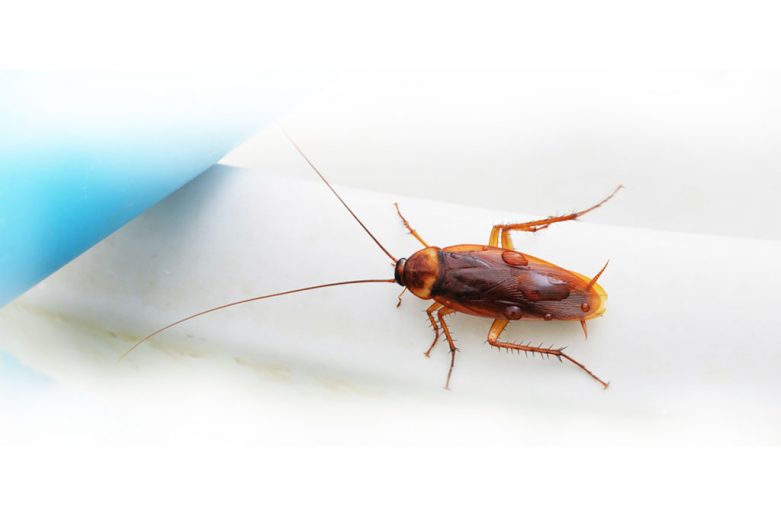General Info
- Also known as American roaches or Palmetto Bug, including Australian, Brown, and Smoky Brown roaches
- Adult roaches are up to 1 inch long and generally rest in the daytime
- After dark, they come out of hiding to mate and forage for food
- American roaches can fly but are most often seen running quickly in and out of homes, storage areas, and garages
Where They Hide
In Southern homes with yards:
- In Southern states American roaches live outdoors
- They are often found around the foundation of the home, near patios and porches, or under mulches, shrubs, and other plant material
- Once inside, American roaches can be found hiding in dark, humid areas like laundry rooms, utility rooms, basements, garages and crawl spaces
In Northern homes and apartments:
- American cockroaches can be found outdoors only in semi-warm areas like sewer systems and steam tunnels
- Indoors you can find them in storage areas, building basements, and garbage collection areas
What They Want From You
- American roaches will treat your home or apartment as an all-inclusive resort; they’ll invite themselves over for food, water, and shelter, especially during very cold or hot weather
- American roaches are attracted to foods with sugar, starch, or grease, but will feed on nearly anything including pet food
Why They’re A Problem
- Some American roaches can pick-up, carry, and spread harmful bacteria, such as Salmonella, to other surfaces that they walk across
- Many people are scared or repulsed by roaches due to their unsightly appearance and smell
Tips & Tricks
Eliminate their food and water sources and hiding places:
- Remove food spills and exposed food, especially near appliances
- Store food in sealed containers
- Don’t leave dirty dishes in the sink
- Take out the garbage regularly and tie it closed tightly
- Toss out old boxes and newspapers that serve as good hiding places and hard places to treat
- Clean and vacuum regularly, especially behind ovens, microwaves, toasters, and refrigerators
- Keep food out of bedrooms and living rooms
- Keep basements and storage areas dry
Seal up entryways and point of access to keep them out of the home or apartment:
- Caulk cracks and crevices where roaches can enter from the outside or neighboring units
- Do not store items like firewood or other debris near the home, which provides areas for outdoor roaches to hide and breed
- Identify and repair indoor water leaks that provide moisture and high humidity that these roaches prefer to live in.
Avoid common mistakes during treatment:
- When using baits or gel, be sure you do not place them on areas that have been sprayed with an aerosol or liquid insecticide – roaches traveling over sprayed areas will die before they have a chance to bring the bait back to the nest
- Never spray the bait or gel with an aerosol or liquid insecticide – cockroaches will not eat it
- When using baits or gels, be sure to remove competing food and water sources so the pests are forced to eat the bait
- Replace baits at intervals prescribed on the label or when they are completely eaten
- The more baits you can place and the closer you place them to where the roaches hide during the day, the better your control will be
- Remember to place baits around the access points of the home (entrances, openings, soffits, under steps, the garage) to intercept the roaches as they travel to and from the home

